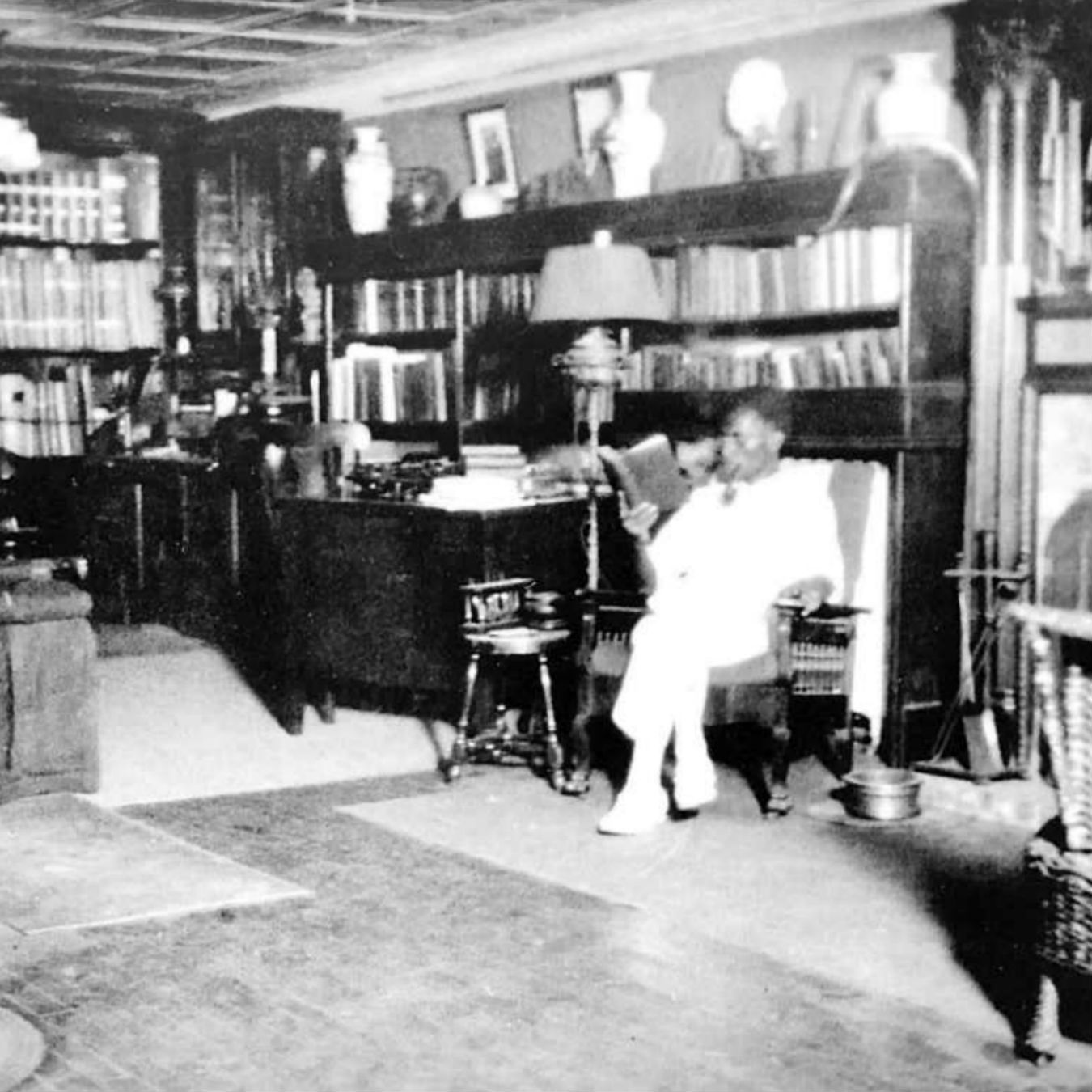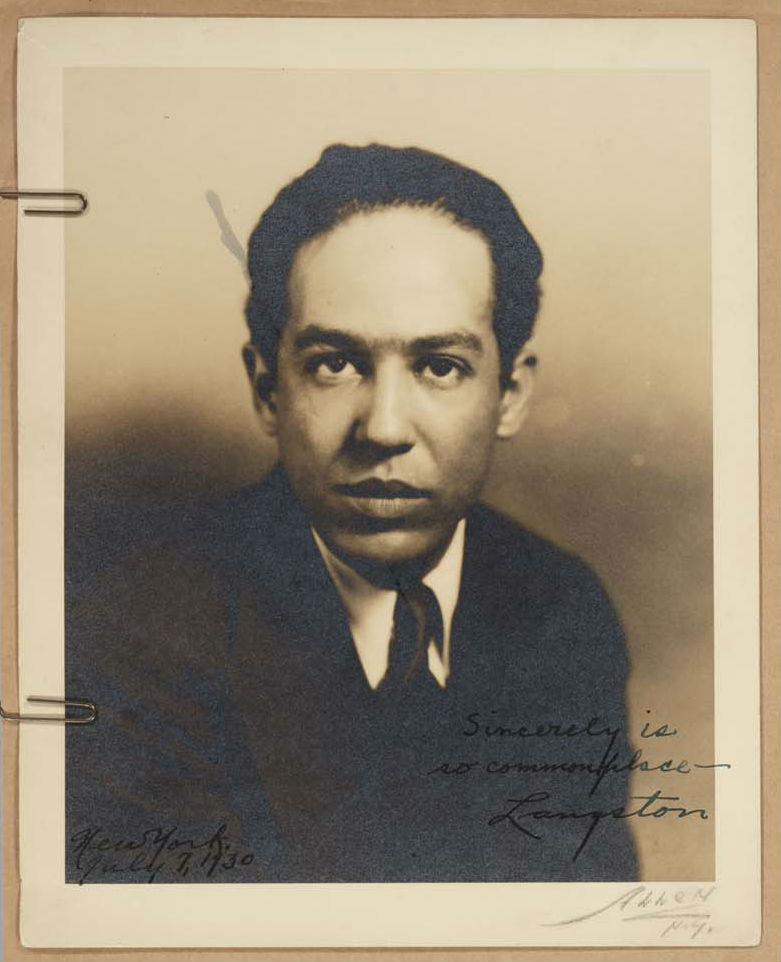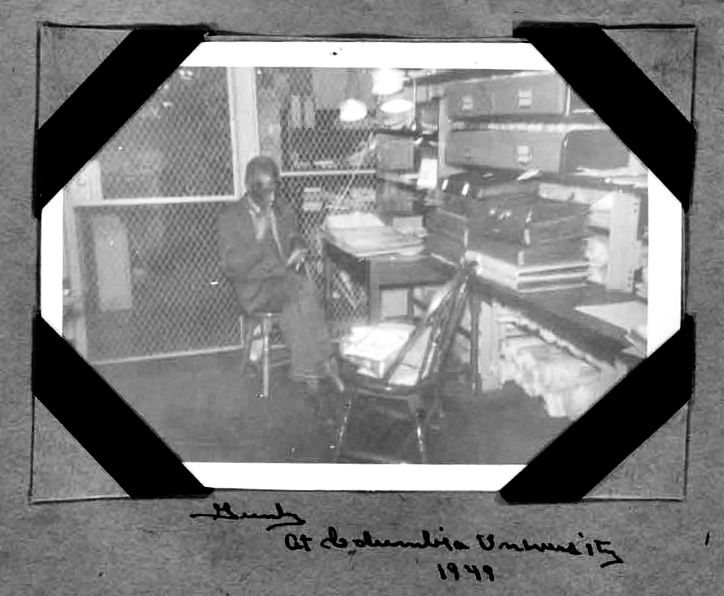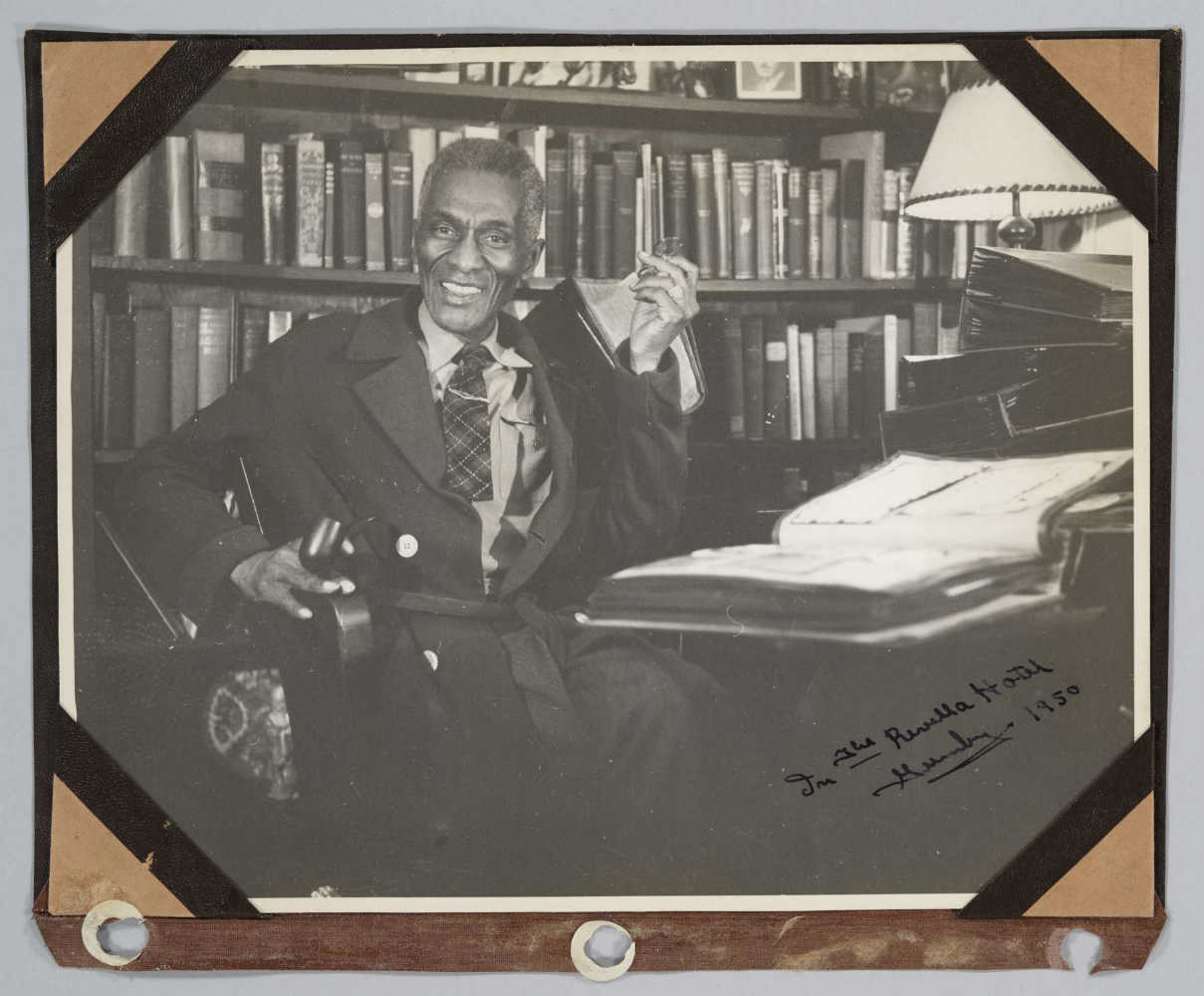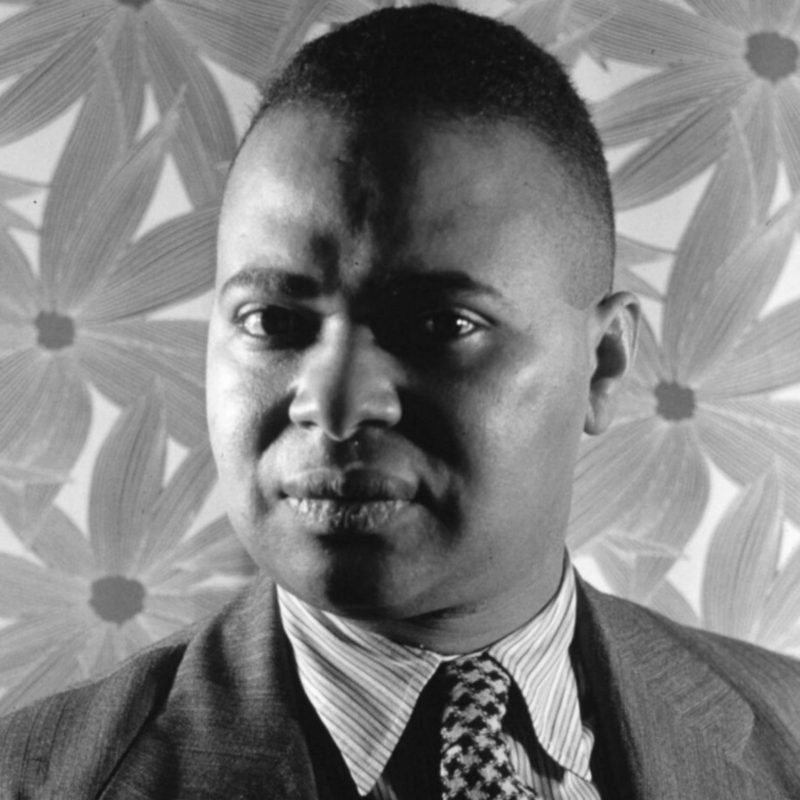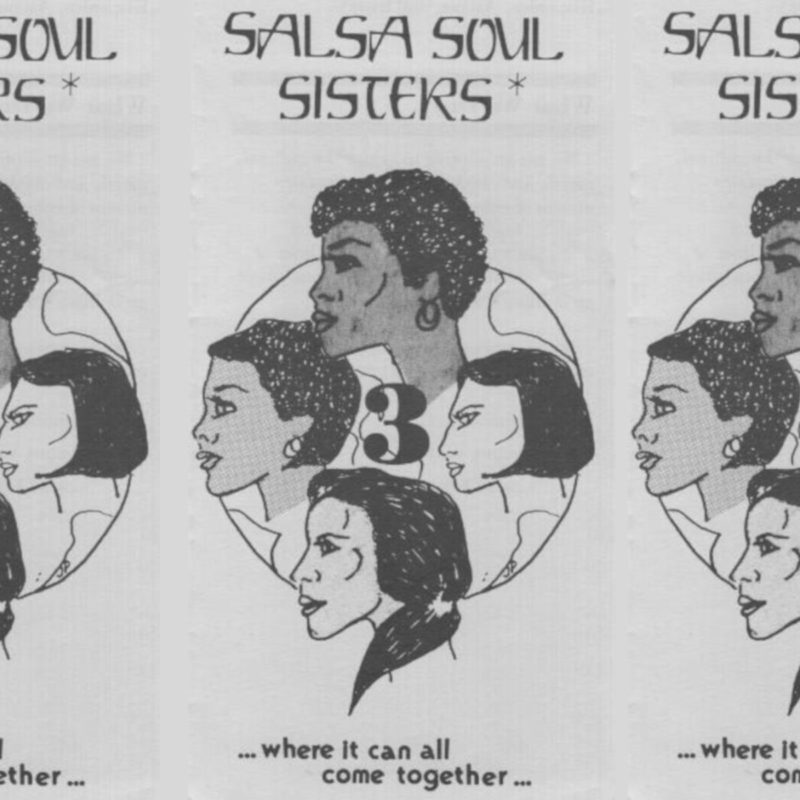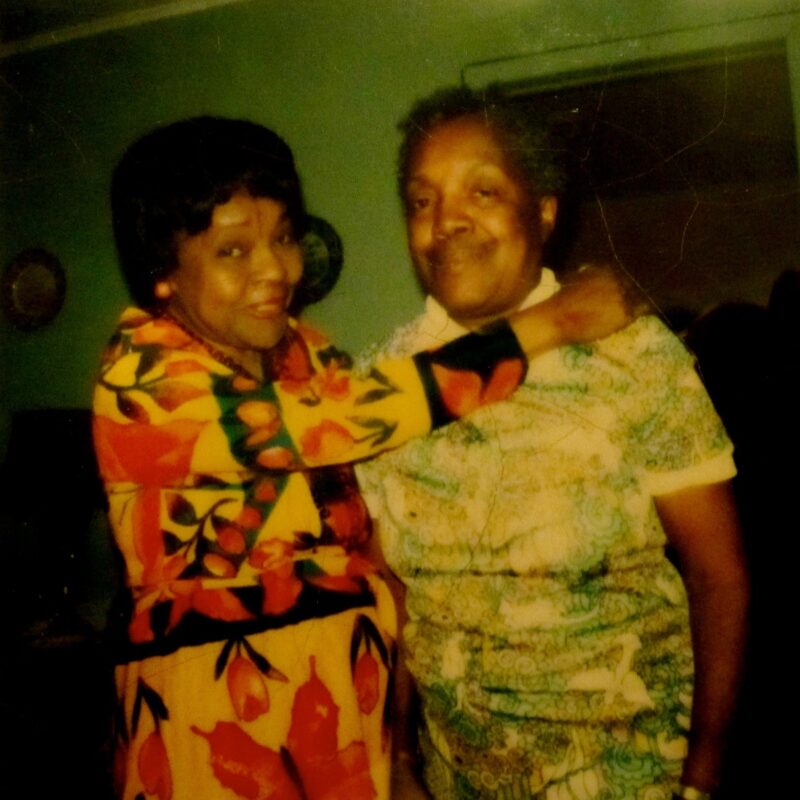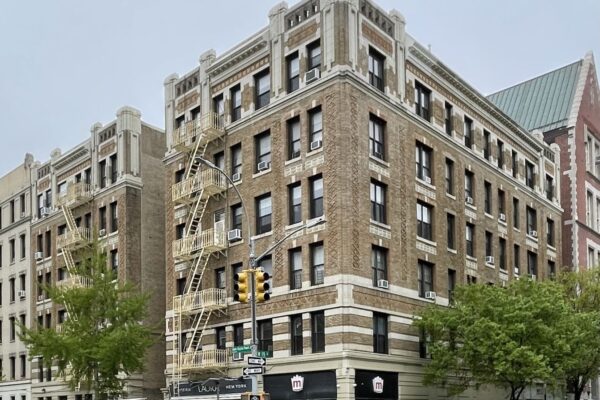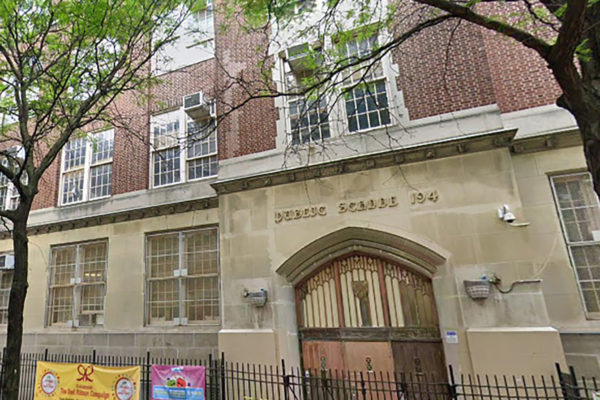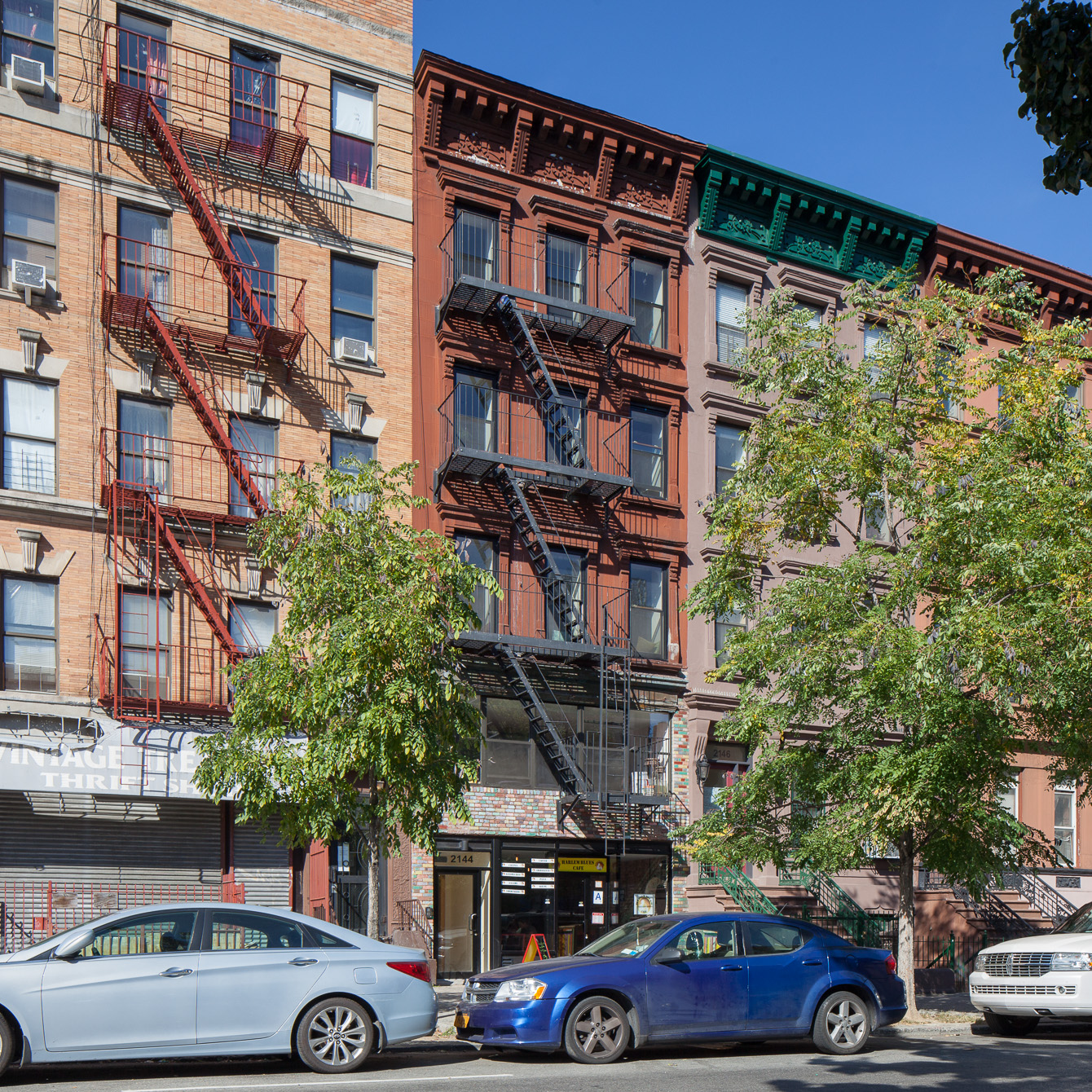
Gumby Book Studio
overview
Between 1926 and 1931, openly gay Alexander Gumby operated the Gumby Book Studio, one of the preeminent literary and artistic salons of the Harlem Renaissance, on the second floor of this rowhouse.
The studio and part-time exhibition space housed his vast collection of rare books, manuscripts, and volumes of scrap clippings primarily related to African-American history.
On the Map
VIEW The Full MapHistory
In 1904, collector, archivist, historian, and social personality Alexander Gumby (full name Levi Sandy Alexander Gumby; 1885-1961) moved from Maryland to Harlem, where he remained for the rest of his life. He is known for two main achievements: compiling over 150 scrapbooks that record African-American history from the 19th to the mid-20th centuries and operating the well-known Gumby Book Studio.
His life-long, self-described “obsession” with creating scrapbooks resulted in his famed collection of rare books, manuscripts, and volumes of photographs, pamphlets, artwork, clippings, and ephemera of Black culture. Gumby therefore played an early and significant role in preserving and disseminating African-American history.
By 1925, his 2-½ room apartment in this rowhouse became so crowded that he leased the entire second-floor unpartitioned office with large windows overlooking the street. This became the Gumby Book Studio. Charles W. Newman, a financier and sometime romantic partner, assisted with financial support. Gumby envisioned the studio as part workspace, part exhibition space, and part artistic and literary salon.
The studio officially opened in 1926 and was furnished with bookshelves lining the walls, a grand piano, and Persian carpets. For the next five years, Gumby hosted parties, performances, exhibitions, and receptions for nearly every literary and artistic figure of the Harlem Renaissance. Gay attendees included Countee Cullen, Claude McKay, Langston Hughes, Alain Locke, Richard Bruce Nugent, and Wallace Thurman.
He was the Great God Gumby, God of his studio, God of all he surveyed, and God could do no wrong. He allowed himself luxury of temperament…He was a true person and in reality he was the God he called himself.
Gumby was a charismatic host often performing his own sexually explicit sonnets and earning such nicknames as “Mr. Scrapbook,” “Great God Gumby,” and “The Count.” According to Nugent, a close friend, Gumby was the Beau Brummel of his friends, wearing “Fancy clothes, a perennial walking stick, pale yellow kid gloves, and a diamond stick-pin…”
The studio ultimately closed in 1931 after Newman lost millions in the 1929 stock market crash and Gumby faced health issues. In 1950 he donated his materials, which he titled The L.S. Alexander Gumby Collection of Negroiana, to Columbia University. Gumby continued to add to his scrapbooks until his death.
Entry by Ken Lustbader, project director (January 2018).
NOTE: Names above in bold indicate LGBT people.
Building Information
- Architect or Builder: Cleverdon & Putzel
- Year Built: 1885 (with a 1905 alteration to add storefronts)
Sources
Donald Albrecht and Stephen Vider, Gay Gotham: Art and Underground Culture in New York (New York: Rizzoli International Publications, Inc., 2016).
Henry Louis Gates, Jr. and Evelyn Brooks-Higginbotham, eds., The African American National Biography (New York: Oxford University Press, 2008), pp. 230-32.
L.S. Alexander Gumby, “The Adventures of My Scrapbooks,” Columbia Libraries Columns, Vol. II, No. 1 (November 1952), pp. 19-23.
Nicholas Osborne, “The Unwritten History”: Alexander Gumby’s African America. Online exhibition, Columbia University Libraries Online Exhibitions, bit.ly/2rPEcyr, accessed January 25, 2018.
Richard Bruce Nugent, Gay Rebel of the Harlem Renaissance: Selections from the Work of Richard Bruce Nugent, ed. Thomas H. Wirth (Durham, NC: Duke University Press, 2002), pp. 223-26. [source of pull quote]
Real Estate Record & Builders Guide, May 16, 1885, p. 581; November 12, 1904, p. 1030.
Do you have more information about this site?
This project is enriched by your participation! Do you have your own images of this site? Or a story to share? Would you like to suggest a different historic site?
